Popular games published by company Gradiente
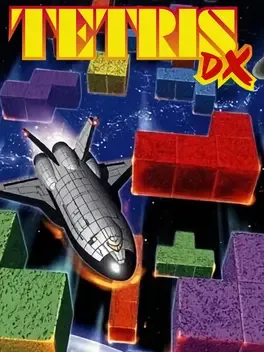
Tetris DX has everything you need to satisfy your puzzle appetite. Play marathon, the classic Tetris game. Try your hand at ultra or 40 lines, two Tetris games with a twist. The vs. game will have you playing for hours!
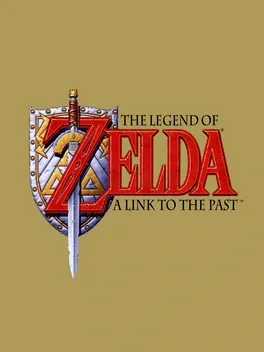
Venture back to Hyrule and an age of magic and heroes. The predecessors of Link and Zelda face monsters on the march when a menacing magician takes over the kingdom. Only you can prevent his evil plot from shattering the land of Hyrule. In your quest, you'll venture into twisting mazes, dungeons, palaces and shadowy forests. Test your mettle with mighty swords and magical weapons. Or heft a boulder and hurl it at your enemies. If the going gets tough, dive into a river - you can swim to escape! Learn powerful spells, locate magical artifacts and solve the mysteries of the evil magician and the hidden realm of Hyrule.
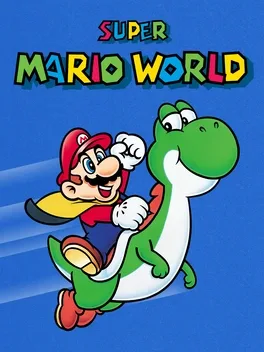
A 2D platformer and first entry on the SNES in the Super Mario franchise, Super Mario World follows Mario as he attempts to defeat Bowser's underlings and rescue Princess Peach from his clutches. The game features a save system, a less linear world map, an expanded movement arsenal and numerous new items for Mario, alongside new approaches to level design and art direction.
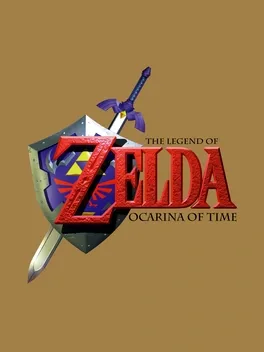
The Legend of Zelda: Ocarina of Time is the fifth main installment of The Legend of Zelda series and the first to be released for the Nintendo 64. It was one of the most highly anticipated games of its age, and is listed among the greatest video games ever created by numerous websites and magazines. The gameplay of Ocarina of Time was revolutionary for its time, it has arguably made more of an impact on later games in the series than any of its predecessors even though they had the same cores of exploration, dungeons, puzzles and item usage. Among the gameplay mechanics, one of the most noteworthy is the time-traveling system. The game begins with the player controlling the child Link, but later on an adult Link becomes a playable character as well and each of them has certain unique abilities. Ocarina of Time also introduces the use of music to solve puzzles: as new songs are learned, they can be used to solve puzzles, gain access to new areas and warp to different locations. Dungeon exploration is somewhat more puzzle-oriented than in earlier games but they are not too complex.
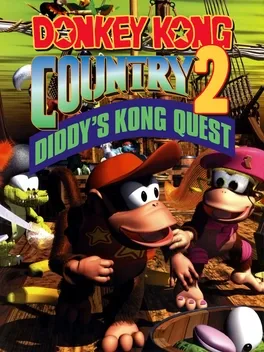
Donkey Kong Country 2: Diddy's Kong Quest is the sequel to Donkey Kong Country. It was developed by Rare and is one of the best selling Super Nintendo games.
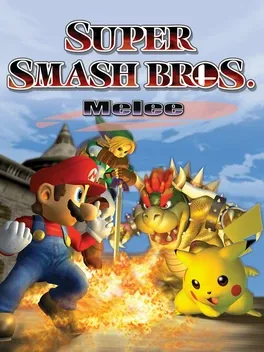
Super Smash Bros. Melee is the second installment in the Super Smash Bros. series and the follow-up to the Nintendo 64 title. It includes all playable characters from the first game, and also adds characters from franchises such as Fire Emblem, of which no games had been released outside Japan at the time. Super Smash Bros. Melee builds on the first game by adding new gameplay features and playable characters: it's major focus is the multiplayer mode, while still offering a number of single-player modes.
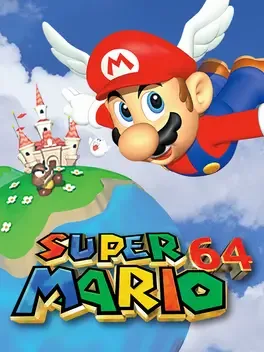
Mario is super in a whole new way! Combining the finest 3-D graphics ever developed for a video game and an explosive soundtrack, Super Mario 64 becomes a new standard for video games. It's packed with bruising battles, daunting obstacle courses, and underwater adventures. Retrieve the Power Stars from their hidden locations and confront your arch-nemesis— Bowser, King of the Koopas! • Run freely in a grassy meadow, tip-toe through a gloomy dungeon, climb to the top of a mountain, or take a swim in the moat! • Leap headfirst into a watery painting and soon you'll be searching for the surface in an underwater realm! • On-the-fly, 3-D rendered gameplay delivers the action of ruthless enemy attacks from every angle! • Find the Caps that give Mario super powers and ponder the mysteries of the pyramid; you can even race Koopas for fabulous prizes! • With the Nintendo 64 Controller and its analog Control Stick, Mario can crawl, kick down obstacles, swim, do reverse flips, and even stick the landing on his backwards somersault! • Saved game information is stored for up to four players in memory.
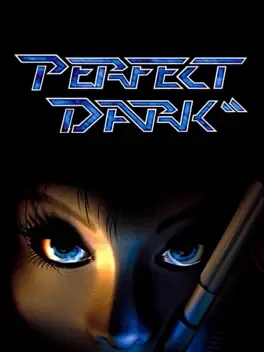
Perfect Dark is a first-person shooter video game developed by Rare and published by Nintendo for the Nintendo 64 video game console. It is considered the spiritual successor to Rare's earlier first-person shooter GoldenEye 007, with which it shares many gameplay features. Perfect Dark was first released in North America on 22 May 2000; PAL and NTSC-J releases followed soon afterwards. A separate Game Boy Color game, also titled Perfect Dark, was released in August 2000 as a supplement to the game and allows certain features within the Nintendo 64 game to alternatively be unlocked via a Transfer Pak. The game features a single-player mode consisting of 17 main missions in which the player assumes the role of Carrington Institute agent Joanna Dark as she attempts to stop a conspiracy by rival corporation dataDyne. It also features a range of multiplayer options, including a co-operative mode and traditional deathmatch settings. Technically, it is one of the most advanced games developed for the Nintendo 64, with an optional high resolution graphics mode and Dolby Surround Sound. A Nintendo 64 Expansion Pak is required to access the game's campaign and most of the multiplayer features.
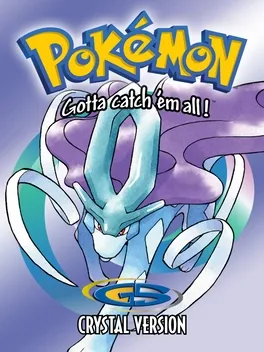
Pokémon Crystal is a special edition of Pokémon Gold and Silver. It added the option to play as a female character, expanded upon the storyline and made slight aesthetic changes to the still-intact core experience of becoming a Pokémon Master.
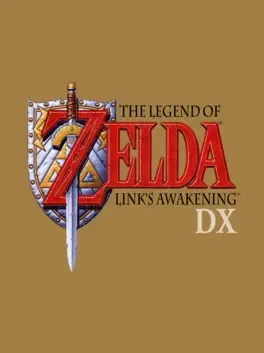
The Legend of Zelda: Link's Awakening DX is an updated re-release of Link's Awakening with several new additions, the most notable of which being the entire game is now in color.
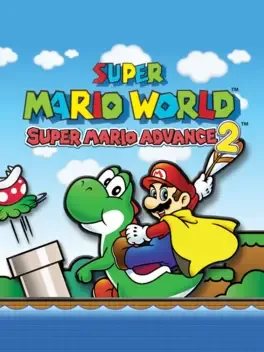
Super Mario Advance 2: Super Mario World is a remake of Super Mario World for the Game Boy Advance starring Mario's dinosaur friend Yoshi for the first time. Super Mario Advance is a four-part series for the GBA with Super Mario games of the NES and SNES era. The remakes came with adjusted graphics, sound and additional content. Each game of the series includes additionally the arcade-classic "Mario Bros" which can be played in multiplayer via link cable.
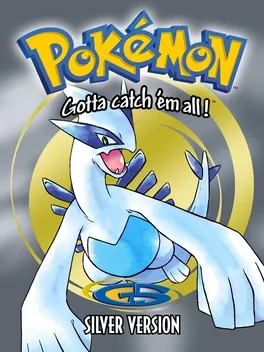
Pokémon Silver, along with Pokémon Gold, are the sequels to Pokémon Red and Blue. They offer 100 new Pokémon to capture and train, 8 more Gyms to take on and a new Pokémon League challenge. Featuring an expanded post-game, Pokémon Gold and Silver additionally offer extra content from the previous entries in the series.
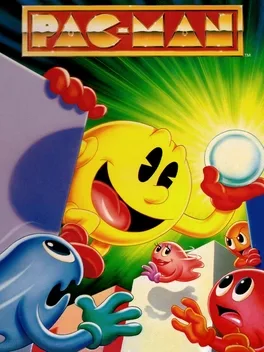
The NES port of the arcade classic.
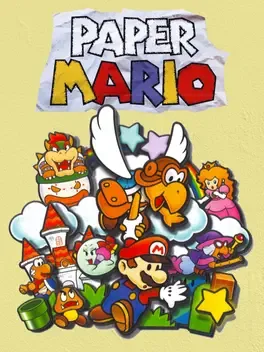
Paper Mario, a turn-based JRPG entry in the Mario franchise with a paper-based aesthetic and platforming elements, sees the titular character working his way through the Mushroom Kingdom's diverse locales and biomes, meeting its inhabitants, fighthing unruly enemies and recruiting an array of companions in order to once again save Princess Peach from the clutches of the evil Koopa King Bowser.
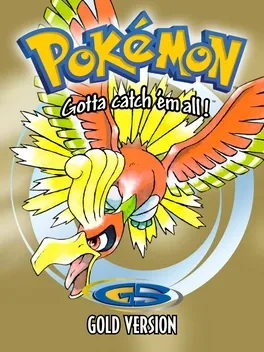
Pokémon Gold, along with Pokémon Silver, are the sequels to Pokémon Red and Blue. They offer 100 new Pokémon to capture and train, 8 more Gyms to take on and a new Pokémon League challenge. Featuring an expanded post-game, Pokémon Gold and Silver additionally offer extra content from the previous entries in the series.
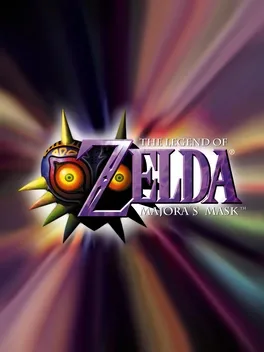
The Legend of Zelda: Majora's Mask is a direct sequel to Ocarina of Time, it utilizes the same engine and visual style as its predecessor. The game retains the traditional elements of Zelda games as well as those introduced in Ocarina of Time, such as active blocking with a shield, various throwing items, and the usage of melodies played on the ocarina to solve puzzles. Compared to the previous Zelda games, this installment is more oriented towards interaction with NPCs and has a larger variety of items, optional quests, and mini-games. It also includes a time system that spans three days, and this cycle must be reset periodically to progress through the game.
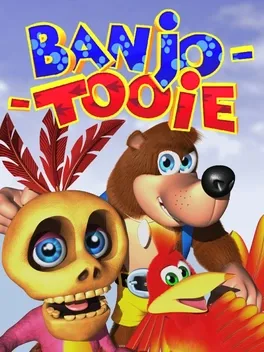
Grunty returns—and that's bad news for Banjo and Kazooie! In this all-new adventure, combine everything you learned in the award-winning prequel, Banjo-Kazooie, with dozens of brand-new moves and abilities. Explore eight original worlds-like a monstrous factory and a dilapidated amusement park. Solve incredible puzzles that link those worlds together—sometimes you'll have to complete tasks in several worlds to solve a single puzzle!
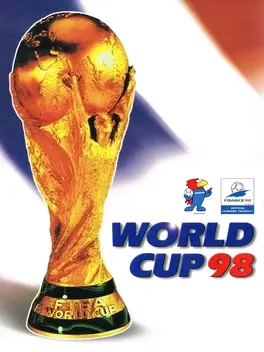
The main feature of the game is the World Cup tournament itself, where the player may use either the actual groups used in the finals, or groups composed of a random selection of the included teams. Each match takes place in a recreation of the venue it was played in the actual tournament. As in the real tournament, group games do not go to extra time or a penalty shootout but knockout matches do.
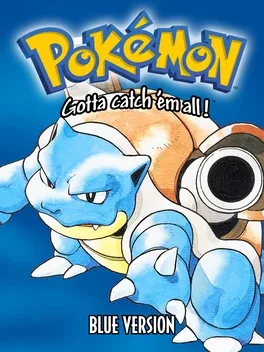
Pokémon Blue is the third core series Pokémon game released as a minor revision of Pokémon Red and Green, which were released earlier that year. It was thus the first solitary version in the core series of Pokémon games. Various fixes in the game include a graphics and sound upgrade, as well as the removal of several known glitches that had been found in the original pair. Outside of Japan, its graphics, game engine and script formed the basis of Pokémon Red and Blue, while the wild Pokémon and game-exclusive Pokémon lists were changed to match Red and Green.
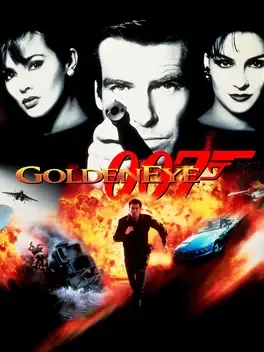
GoldenEye 007 is a first-person shooter based on the 1995 James Bond film. The game features a single-player campaign with 20 missions across multiple difficulty levels, emphasizing stealth, varied objectives and mission-based progression. Players can use a range of weapons and gadgets while navigating diverse environments inspired by the movie. The local split-screen multiplayer mode supports up to four players and offers competitive scenarios such as deathmatch, team modes and character selection from the James Bond universe. The multiplayer component became widely recognized for its influence on console FPS design and is considered a landmark feature of the game.
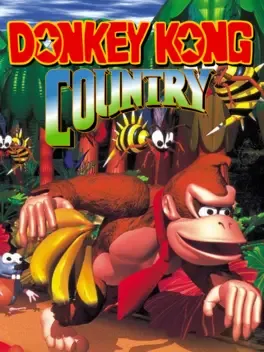
Donkey Kong Country is a side scrolling platformer by British developers Rare in 1994. It featured revolutionary pre-rendered 3D graphics that give the game a very unique look compared to most other games on consoles at the time. The two playable characters featured in the game are the titular character, Donkey Kong and his nephew, Diddy Kong. Together the two swing, climb, jump, swim, cartwheel, ride animals, and blast out of barrels on their way to recover their stolen bannanas from the evil King K. Rool and his Kremling army. The adventure takes you through a variety of different environments and levels that continually change up gameplay. Donkey Kong Country also provides plenty of opportunities for exploration with almost every level having a multitude of collectible, shortcuts, and hidden bonus areas.
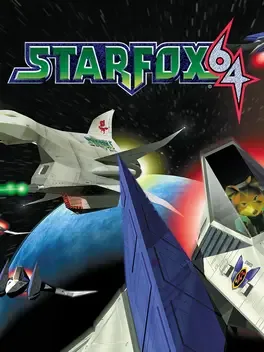
The update to the 16-bit Super NES title continues the original's on-rails 3D shooting action on the Nintendo 64. Starring Fox McCloud, Peppy Hare, Falco Lombardi, and Slippy Toad, this new 64-bit version contains 15 plus levels, easy, medium, and difficult paths, forward-scrolling levels as well as full 3D realms, and a three-part multiplayer mode using a four-player split screen. In addition to plenty of Arwing action, the game introduces a new hover tank and even features a submarine level. The 8-megabyte cartridge also boasts voice samples from 23 different characters instead of the original's animal noises. Star Fox 64 was the first game to feature Rumble Pak support. A Rumble Pak bundle and standalone version of the game were sold. Released in Europe under the name Lylat Wars.
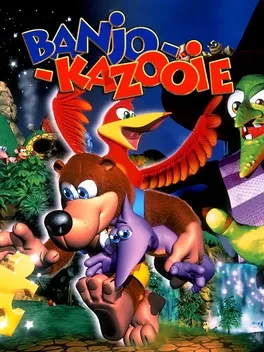
In this 3D platformer, the heroic but naive bear Banjo enlists his smart-mouthed bird buddy Kazooie to help rescue his younger sister from a vain, beauty-stealing witch. The player is tasked with exploring the witch's lair and the nine large, open levels within it, looking for tasks and challenges to complete. Along the way they meet a variety of characters who teach them new moves and transform them into different animals. Modeled after Super Mario 64, Banjo-Kazooie is distinguished by its cheeky and sarcastic sense of humor and by a large, varied, and novel moveset.
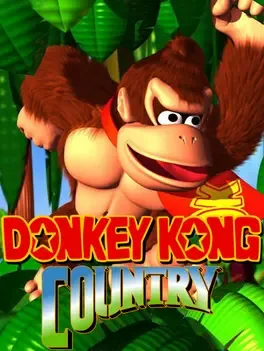
Game Boy Color port of Donkey Kong Country.